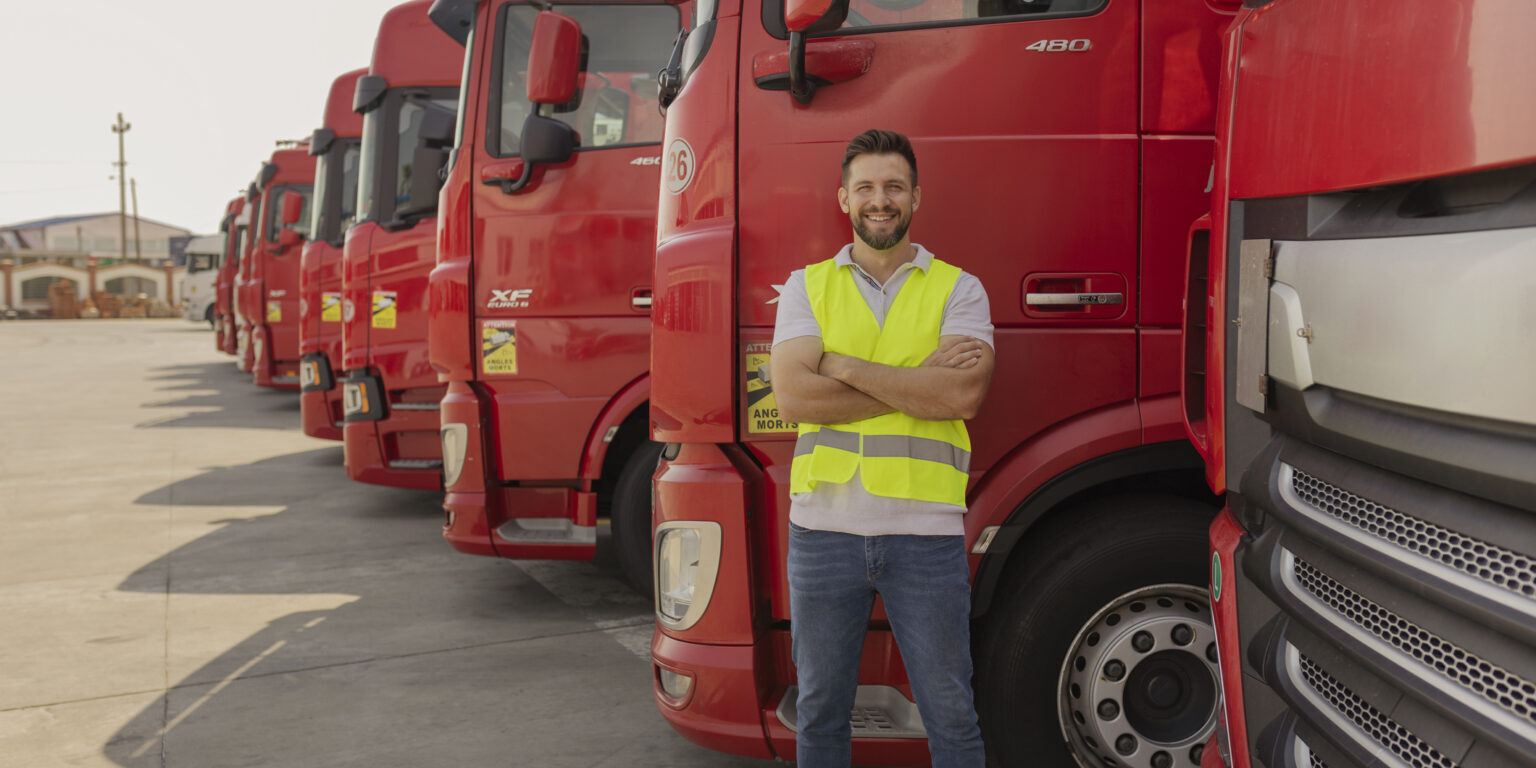In the logistics and transport sector, where compliance and efficiency are essential, the tachograph plays a central role in ensuring safety, regulatory adherence, and operational transparency. However, for these devices to remain accurate and legally compliant, regular tachograph calibration is essential. This article delves into what tachograph calibration involves, why it’s crucial for fleet management, and what businesses need to know to stay on the right side of the law.
What Is a Tachograph?
A tachograph is a device fitted to commercial vehicles that records driving time, speed, and distance. It’s primarily used to monitor and enforce rules on drivers’ working hours — designed to prevent fatigue and keep roads safer for everyone.
There are two main types of tachographs:
- Analogue tachographs (older models, still used in some fleets)
- Digital tachographs, which store data on a tachograph card inserted by the driver
Fleet operators rely on tachographs to ensure drivers adhere to legal limits on daily and weekly driving hours, breaks, and rest periods.

Why Tachograph Calibration Matters
Tachograph calibration is the process of adjusting and verifying the tachograph’s settings to ensure it accurately records vehicle data. Just like you wouldn’t drive with a faulty speedometer, it’s critical to keep your tachograph precise and fully operational.
Calibration affects several aspects of fleet operations:
Legal Compliance
EU and UK regulations require that all digital and analogue tachographs be calibrated every two years or when certain changes occur—such as tyre size modifications, changes in vehicle registration, or tachograph head replacement. Non-compliance can result in hefty fines, vehicle impoundment, and in severe cases, operator licence revocation.
Accurate Driver Monitoring
Without proper calibration, the data recorded on a tachograph card can be misleading. For fleet managers, this means potential gaps in reporting, which could allow for unlawful driving hours to go unnoticed, or worse, be punished during audits or roadside inspections.
Safety and Risk Reduction
Improper recording of driving hours can result in driver fatigue, one of the leading causes of accidents in commercial transport. Accurate calibration helps to ensure drivers don’t unknowingly breach legal limits, safeguarding both your workforce and the public.
How Tachograph Calibration Is Carried Out
Tachograph calibration isn’t a DIY job. It requires professional servicing by DVSA-approved centres equipped with the correct tools and expertise. Here’s what’s typically involved:
Specialist Inspection
Technicians inspect the vehicle and the tachograph system for any signs of damage or prior tampering. If repairs are needed, they’re conducted before calibration begins.
Device Testing
The tachograph is connected to specialist diagnostic equipment that checks the device’s parameters, including:
- Speed sensor accuracy
- Distance recorder
- Wheel circumference
- Gear ratios
Adjustment and Sealing
The tachograph is recalibrated to ensure that the data it records matches the vehicle’s actual performance. After calibration, a tamper-evident seal is applied to protect against interference. The calibration details are then logged in the system and printed on a calibration certificate, which must be kept on file.
Data Logging
In digital systems, calibration data is also written to the tachograph card and vehicle unit memory for auditing purposes. This helps authorities track whether the vehicle has been properly maintained.
When Should Tachographs Be Calibrated?
The general rule is that tachographs must be calibrated every two years, but there are exceptions that require earlier servicing such as vehicle registration changes, alterations in tyre size, or transfer of ownership to another operator. It’s also good practice to conduct additional checks if the tachograph is suspected to be recording inaccurate data or if your fleet has recently been involved in an accident.
Tachograph Repairs
It may be tempting to delay minor tachograph repairs or opt for cheaper, non-certified workshops—but this can quickly become a costly mistake. A faulty tachograph is considered a serious offence and can invalidate driving records, especially if it results in under-reported driving hours or manipulated rest periods.
For example, if your fleet is pulled over and roadside checks reveal a calibration breach, the result could be:
- Fines of up to £5,000 per infringement
- Legal action against both the driver and operator
- Damage to your company’s Operator Compliance Risk Score (OCRS)
Investing in regular servicing and certified tachograph repairs is simply good business, and good safety practice.
The Impact of Driving Hour Violations
Violating driving hour regulations isn’t just a box-ticking issue. Drivers who exceed legal limits are at higher risk of fatigue-related errors, which can lead to serious accidents. Tachograph calibration directly impacts your ability to monitor driving hours effectively and enforce safe work schedules.
A well-calibrated system helps you:
- Spot potential breaches early
- Adjust route plans to ensure rest breaks are observed
- Maintain accurate records in case of legal scrutiny
Driving Compliance Through Calibration
Fleet managers can use tachograph data to optimise shift planning, reduce overtime costs, and demonstrate due diligence in protecting their employees.
In today’s regulatory landscape, tachograph calibration is an essential process that protects your business, your drivers, and everyone else on the road. By staying proactive with calibration, partnering with certified professionals, and taking tachograph repairs seriously, fleet managers can ensure their vehicles operate both legally and efficiently.
Whether you manage a small fleet or a national operation, accurate tachograph systems are the backbone of safe and compliant transport. Don’t wait for an audit or roadside stop to find out your system isn’t up to standard—make calibration a regular, non-negotiable part of your fleet management strategy. Contact us today to book yours.








